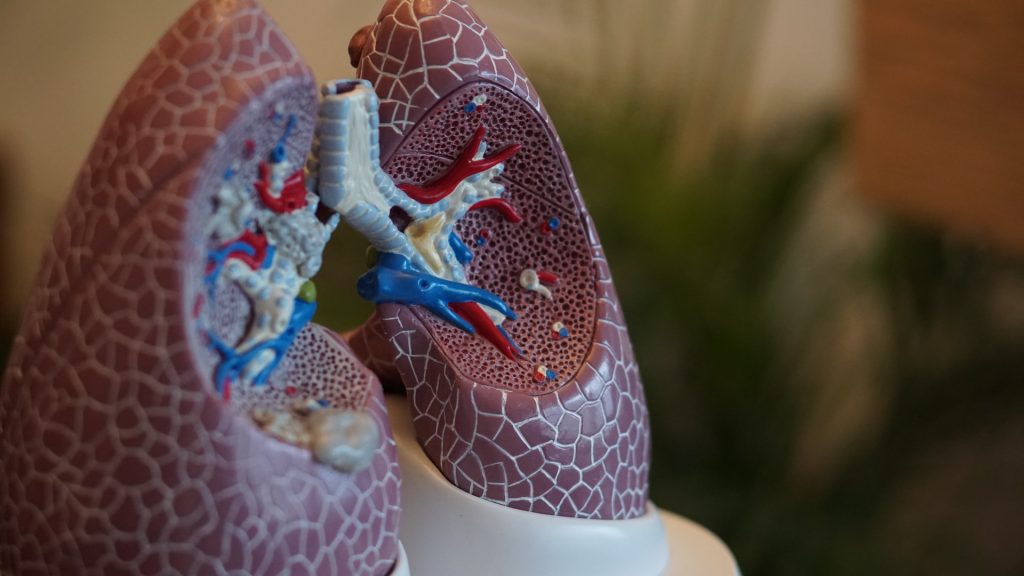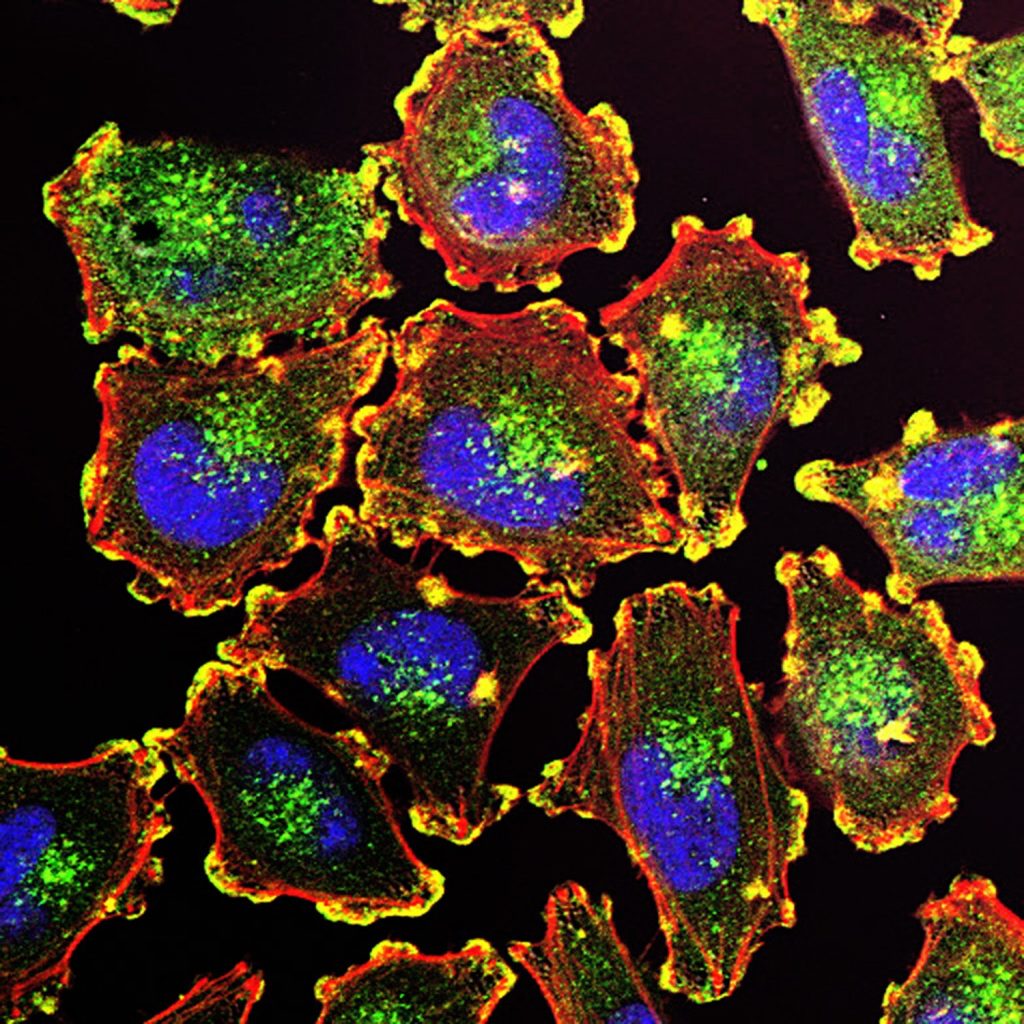Extreme Heat Health Risks Are Higher for Younger Adults

A new study in the US has found that complications from extreme heat appear to be more pronounced among young and middle-aged adults than older adults.
Extreme heat poses an increasing threat to the public, due to the continued effects of climate change. Although the adverse health impacts of heat have been well documented among older adults, less is known about the potential impacts of heat on young and middle-aged adults.
Published in the BMJ, the study examined the relationship between extreme temperatures and emergency department (ED) visits, and found that days of extreme heat were associated with an increase risk of ED visits for any cause, heat-related illness, renal disease, and mental disorders among all adults, but the strongest association was found among adults ages 18-64.
Prior research on heat’s health impacts have mostly focused on mortality or hospital admissions among seniors. This study is the first national-scale assessment of extreme heat effects on adults of all ages, measured with ED visits.
“Many illnesses that lead to utilisation of the ED do not lead to hospitalisation because they can be treated in a short amount of time, particularly among the younger adult population,” said study senior author Gregory Wellenius, professor of environmental health and director of the Program on Climate and Health at SPH. “By looking at emergency room visits, we aimed to obtain a more comprehensive picture of the true burden of disease that might be attributed to the days of high heat.”
Prof Wellenius and colleagues analysed healthcare claims data to quantify the risk of ED visits for any cause and for heat-associated conditions during the warm season (between May and September) from 2010 to 2019.
For the study, the researchers analysed claims data among 74 million adults, including more than 22 million ED visits. They found that days of extreme heat (varying by location, but averaging about 34°C), were associated with a 66% greater risk of ED visits for heat-related illness, as well as a 30% increased risk for renal disease, compared to ED visits on cooler days. But the risk according to extreme heat varied by age. A day of extreme heat was associated with a 10.3% higher risk of ED visits among people ages 45 to 54 years old, compared to a 3.6% higher risk among those older than 75.
“Younger adults may be at greater risk of exposure to extreme heat, particularly among workers that spend substantial time outdoors,” says study lead author Shengzhi Sun, research scientist in the Department of Environmental Health at SPH. “Younger adults may also not realise that they too can be at risk on days of extreme heat.”
Prior studies had shown that people in US counties with lower warm-season temperatures still experience higher risks of heat-related complications.
“While extreme heat threatens everyone’s health, this study provides further evidence that it is especially dangerous in regions with cooler climates that may be less adapted to heat,” says study co-author Kate Weinberger, assistant professor at the University of British Columbia’s School of Population and Public Health. “As temperatures continue to rise due to climate change, the implementation of heat adaptation measures in these regions will be critically important.”
According to the researchers, many of these heat-related complications can be prevented through policy changes that reduce exposure to heat, or improve people’s susceptibility and adaptivity to heat.
“By looking at emergency department visits for different causes and for several age groups, we were able to characterise with accuracy the varying impact on health on different populations,” said study co-author, Professor Francesca Dominici. “An important goal of this study is to provide actionable information to clinicians and public health experts regarding how to prevent these emergency department visits, also considering that we can anticipate when these extreme heat events are likely to occur.”
Source: Boston University










